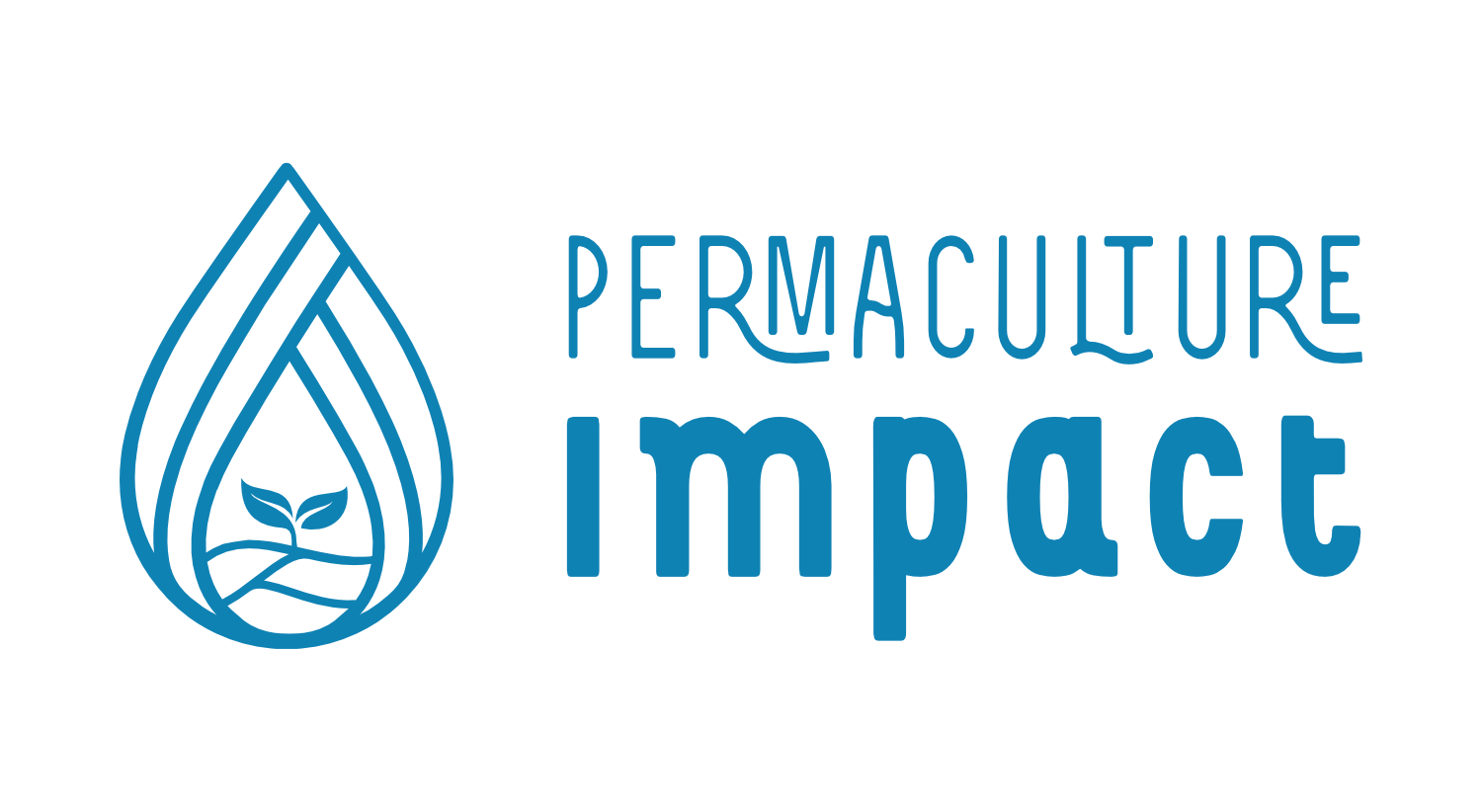What is soil health and why is it important?
The issue of soil health has been gaining increasing attention both at the governmental level and in the media. Although there has been a World Soil Day since 2014, for a long time there was no shared definition of “healthy soil”. The Intergovernmental Technical Panel on Soils (ITPS) of FAO Global Soil Partnership has filled that void.
It defines soil health as “the ability of the soil to sustain the productivity, diversity, and environmental services of terrestrial ecosystems”.
Soil health is crucial for all terrestrial life, supporting, among other processes, food production, water purification and carbon sequestration. Soil biodiversity — the variety of life within soils — is key to these processes and thus key to soil restoration.
It is important that we look at the soil as an ecosystem!
Soil regeneration, as a particular form of ecological regeneration within the field of restoration ecology, is creating new soil and rejuvenating soil health.
In turn, healthy soil is the foundation of ecosystem restoration and regeneration.
Soil is a complex environment with many components: including organic matter, communities of microorganisms, air and water pores, and minerals.
Soil Health
Soil health is driven by a combination of three main soil properties:
-
- Physical properties: visual indicators, which include soil structure, aggregate stability, crusting and compaction, permeability, texture, porosity.
-
- Chemical properties: they represent the chemical processes happening in the soil, for instance, nutrient availability, pH, salinity.
- Biological properties: include visual indicators such as macro-organisms like earthworms, collembola, mites, etc. and their activity and products.
All these aspects interact dynamically and can foster healthy soil together. For instance, soil structure influences water retention, which creates a good environment for microorganisms.

Soil Problems
Here a list of common soil degradation problems which can be caused by human activities or natural processes.
- Soil compaction by heavy farm machinery, excessive tillage and leaving the soil bare. Compacted soil does not have enough space for the movement of air, water and plant roots.
- Soil erosion or the loss of the top layer of soil at a rate faster than it is formed. This layer is the fertile portion of soil and is essential for plant growth. Erosion is mainly due to soil being exposed to climatic conditions after tillage and deforestation. Soil erosion can also increase pollution in water bodies.
- Chemical pollution from pesticides, fertilizers and other industrial chemicals. This negatively impacts soil microbes, decreases the amount and diversity of soil organisms, and reduces soil fertility.
- Tillage that releases carbon into the atmosphere, contributing to the emissions of greenhouse gases and causing poor health of soil. Overall, this contributes to climate change.
As a result of soil degradation, soil quality gets poorer in nutrients and loses its capacity to hold water. This causes food production to decrease; in the worst cases, degraded soil cannot support plant growth anymore.
We must protect soil health at all costs so that soils can sustain its functions, safeguarding the environment and human well-being.
Action Learning 1.4: What are the soil problems you are dealing with? Erosion? Lack of fertility? Compaction?…
Please identify and describe them. Can you identify their cause (natural vs. human) and list actions that you can take to prevent more soil degradation.
